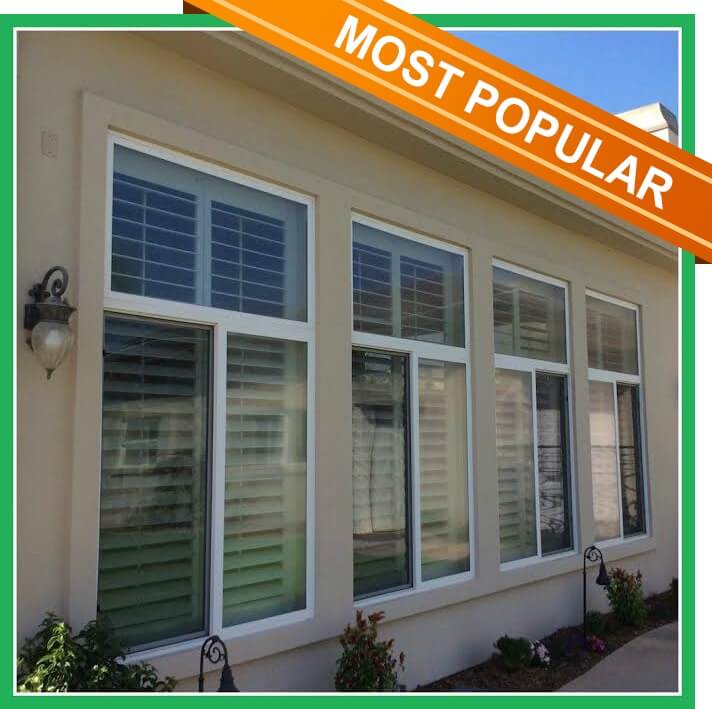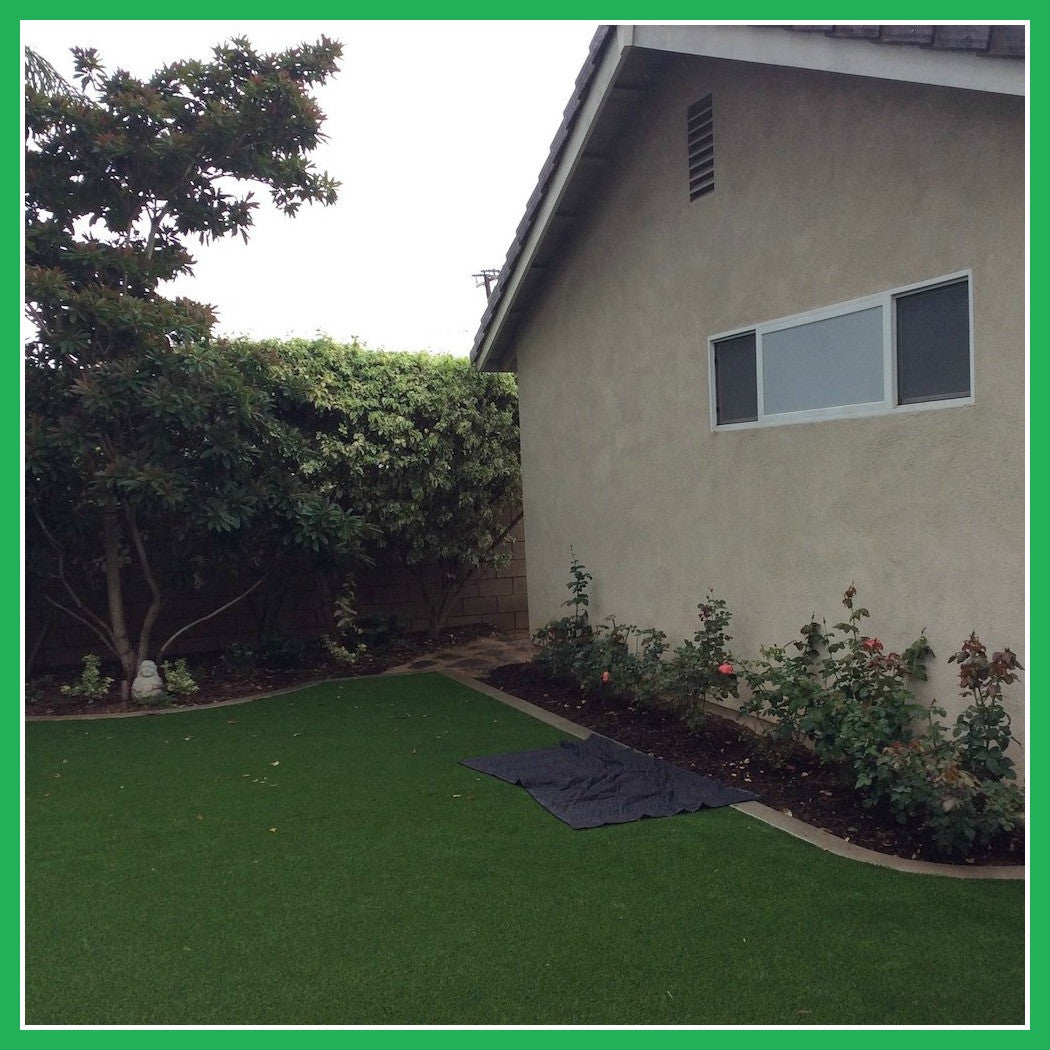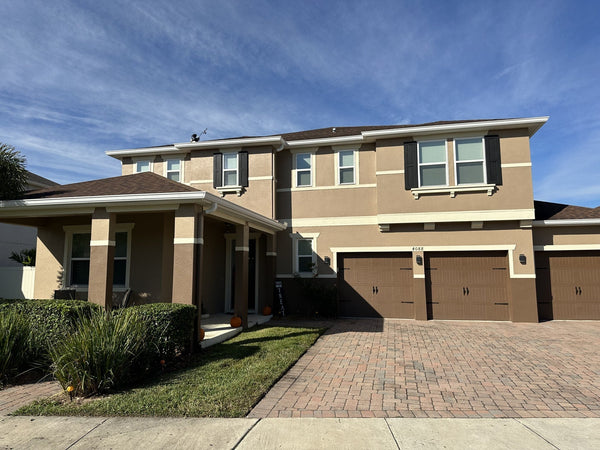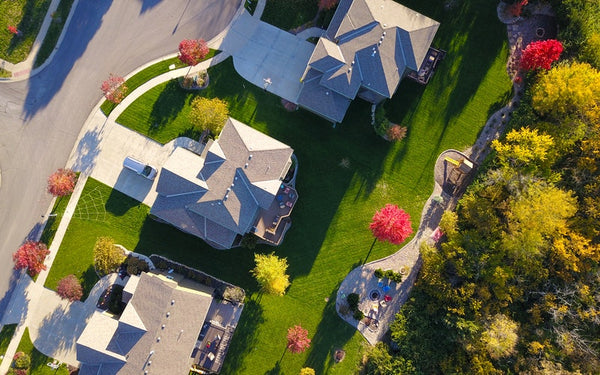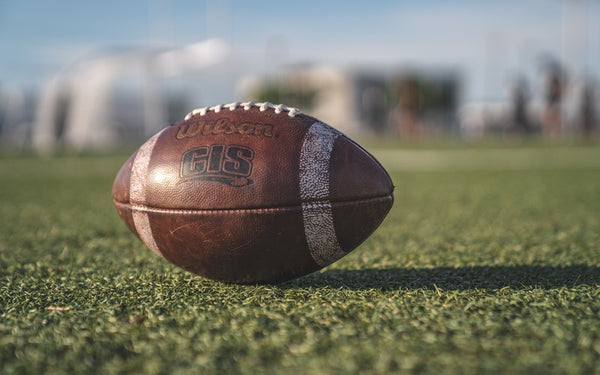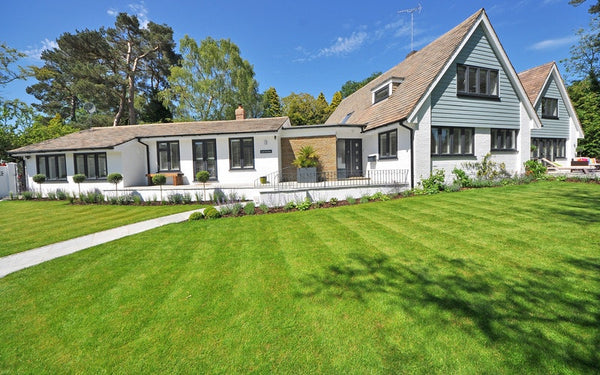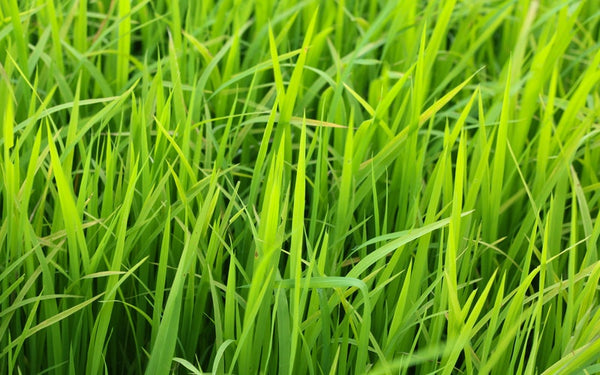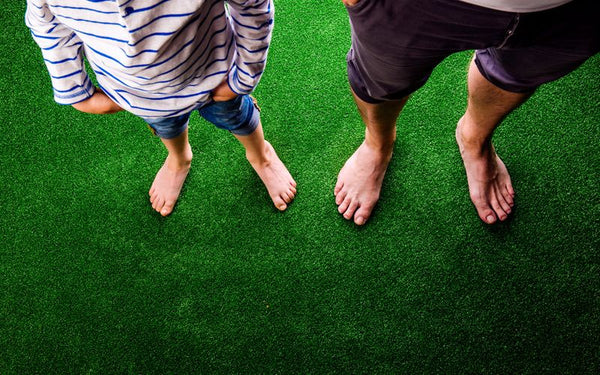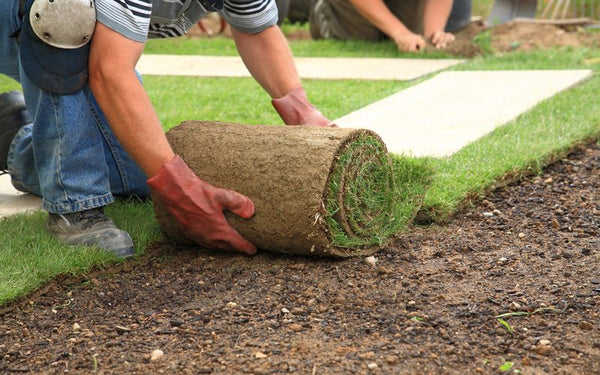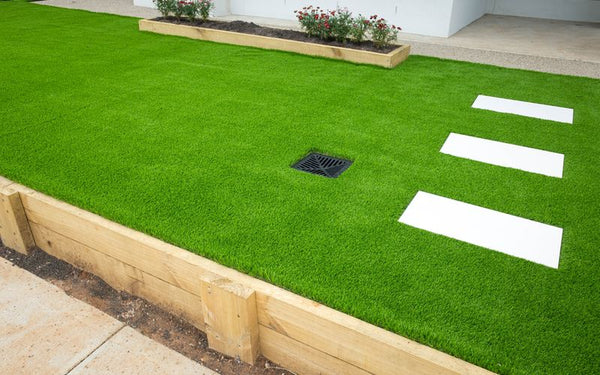
Don't be concerned; once you understand the various forms of turfs, you'll be able to make the best choice. Here are seven things to think about before purchasing turf.
1. Traffic
The amount of traffic in the area where you want to plant artificial grass is the first thing to consider before making a purchase. If you have pets or children who enjoy playing outdoor sports, you'll need to invest in a long-lasting turf.
Installing less robust turf in a high-traffic area can cause the turf to quickly wear out. Make your decision based on how you intend to use the turfed area in the future.
It's worth noting that selecting a highly durable turf means sacrificing comfort. Quality turfs, on the other hand, will normally have a soft, non-abrasive texture.
2. Reliability
Quality artificial turf, as previously said, will be smooth to the touch; look for polypropylene or polyamide turfs, or polyethylene yarns. Furthermore, quality turf will have an even backing, well-stitched tufts, and a clear hue.
Quality turf can cost more than cheaper turf, but because this is a long-term investment, you'll be better off with the best. Look for manufacturers or suppliers that provide a variety of turfs and compare them to see which one appeals to you the most.
If you're buying artificial grass online, ask for samples so you don't end up with anything you don't want. Keep in mind that turf samples can be too small to give you an accurate representation of the substance. If you're undecided, tell the supplier about your dilemma and ask for a larger sample to help you decide.
3. Height of the Pile
The length of the grass blades from above the backing to the tip is referred to as pile height. If you want a lush-looking lawn, choosing turf with a higher pile height will seem sensible. Longer grass blades, on the other hand, will be heavier and will fold over due to gravitational pull. As a result, as time passes, the lawn will appear flat.
Choose a pile height of 30-37 mm to keep your lawn looking normal. If you want to put furniture on the turf, choose a shorter pile height so it will last longer. Regardless of the pile height you pick, cleaning the turf on a regular basis to hold the blades upright is a must.
4. Weight and Density
The amount of fiber or yarn per square unit of turf is measured as turf density. A thick turf has a higher yarn content and is therefore more costly.
Dense turfs have a more appealing appearance and are more robust in high-traffic areas. Don't worry if you can't afford a thick turf as sand infill can increase the durability and efficiency of turfs with lower density.
Furthermore, turf with a dense pile height and a higher pile height would be heavier. When having turf planted in your garden or backyard, you should not consider the weight of the turf. However, if you want to put turf on your balcony or rooftop, you'll need to know the load cap of your balcony or roof.
5. Backing and infill
In order to keep artificial grass looking green, it is planned to be infilled. Infill also aids in the springiness of the turf. Rubber crumb and sand are common infill materials, and depending on your choice and budget, you can use either for your turf.
The backing for artificial grass is either polyurethane or latex. The former does not contract or expand, while the latter has a 5-10 mm shrinkage or expansion range. As a result, in areas with severe weather shifts, polyurethane backing would be a safer option.
6. Color
Synthetic grass is available in a variety of green hues, including olive green, lime green, darker green, and more. Turfs that are less expensive come in single flat green colors that are easy to distinguish from natural grass.
Avoid turfs that are completely green; instead, go for the imperfection and choose a turf with a variety of shades of green as well as some brown flecks. Although you can select any color turf you like based on your personal preference, take some samples outside to see which one looks best in the sun and complements your home.
7. Maintenance
Artificial grass is easier to keep up with than natural grass. Maintaining artificial grass, on the other hand, would extend its life and keep it looking fantastic for years to come. All turfs need similar maintenance, but some may need more regular attention than others.
Choose a turf based on how much time you have available to maintain it. Take into account the weather in your area as well. Falling debris from trees or other sources will necessitate further cleaning.
Remember to factor in maintenance costs: if a less expensive turf takes more money in daily maintenance, you can go for the more expensive turf that won't require you to invest or do anything to keep it looking great. Contact us for more information about artificial turf and turf protection.

